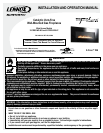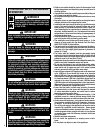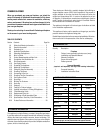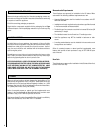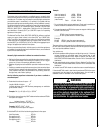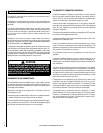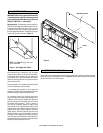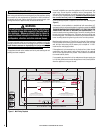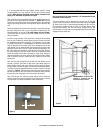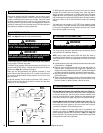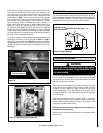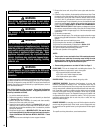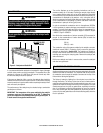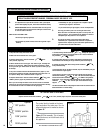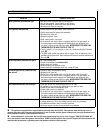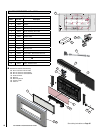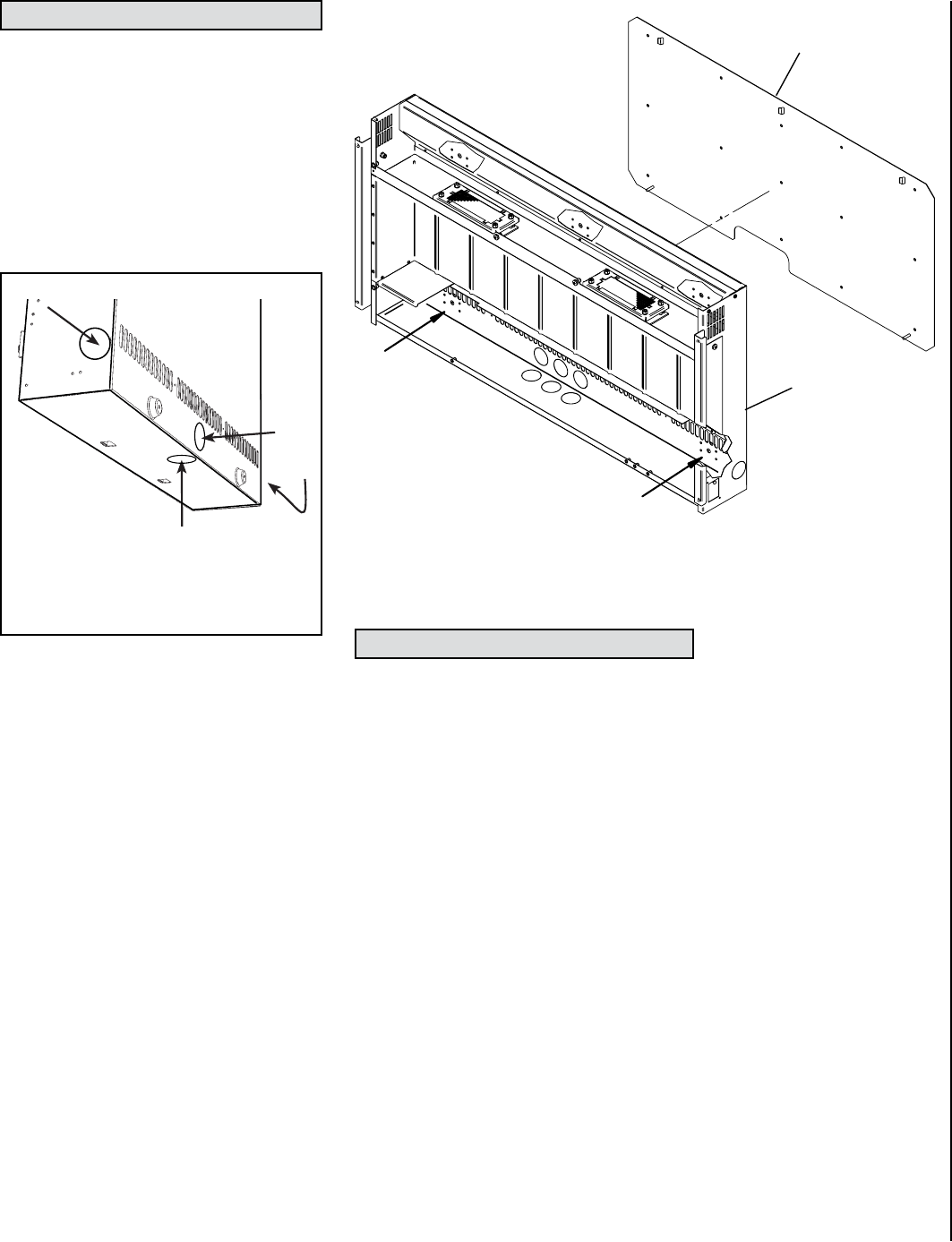
7
Non-concealed gas connections may be made
using the entry points on the base of the firebox.
A concealed gas connection may be made using
the knockout hole in the center back of the firebox.
Select the most appropriate entry point and knock
out the relevant hole.
No more than 59" of 1/4" diameter pipe must be used
to avoid unnecessary pressure drops.
If a concealed gas connection is to be made, the
supply pipe should always be sleeved through walls
and floors using the shortest possible route.
For concealed supply pipe routing, pipes must
(where possible) be vertical and providing there is
sufficient wall thickness available, they should be
placed in pipe chases. Horizontal pipe runs should
be avoided where possible. Prior to chasing a
solid wall, an inspection should be made to note
the proximity of any cables/sockets outlets which
may already be buried. Pipes must be secured using
suitable clips and protected against corrosion.
Ideally factory finished protected pipe-work and
fittings should be used. Joints should be kept to
a minimum and compression fittings must not be
used. The pipe-work installation must be tested for
soundness before any protection is applied and/or
the pipe-work and fittings are buried.
NOTE: DIAGRAMS & ILLUSTRATIONS ARE NOT TO SCALE
Remove the wall mounting plate from the back of the appliance firebox by removing the two
retaining wing nuts (indicated by arrows in Figure 2) from the retaining studs that protrude
into the lower part of the main firebox.
11.0 PREPARING THE APPLIANCE
Figure 2
Wall Mounting Plate
Firebox
10.0 GAS SUPPLY ROUTES
IMPORTANT NOTE: All gas piping must be done by
a licensed plumber or gas fitter and must conform
to the requirements of the National Fuel Gas Code
NFPA 54 / ANSI Z223.1 - latest edition.
Gas connection: The heater gas inlet connection is
3/8” NPT at the regulator, located below the burner,
in the right hand side of the heater. There are four
possible entry points for the gas supply pipe-work
to enter the appliance firebox. These entry points are
‘knock out’ type holes (shown in Figure 1).
Figure 1 - Gas Supply Entry Points
NOTE: See Page 19 for gas line entry
point dimensions.



